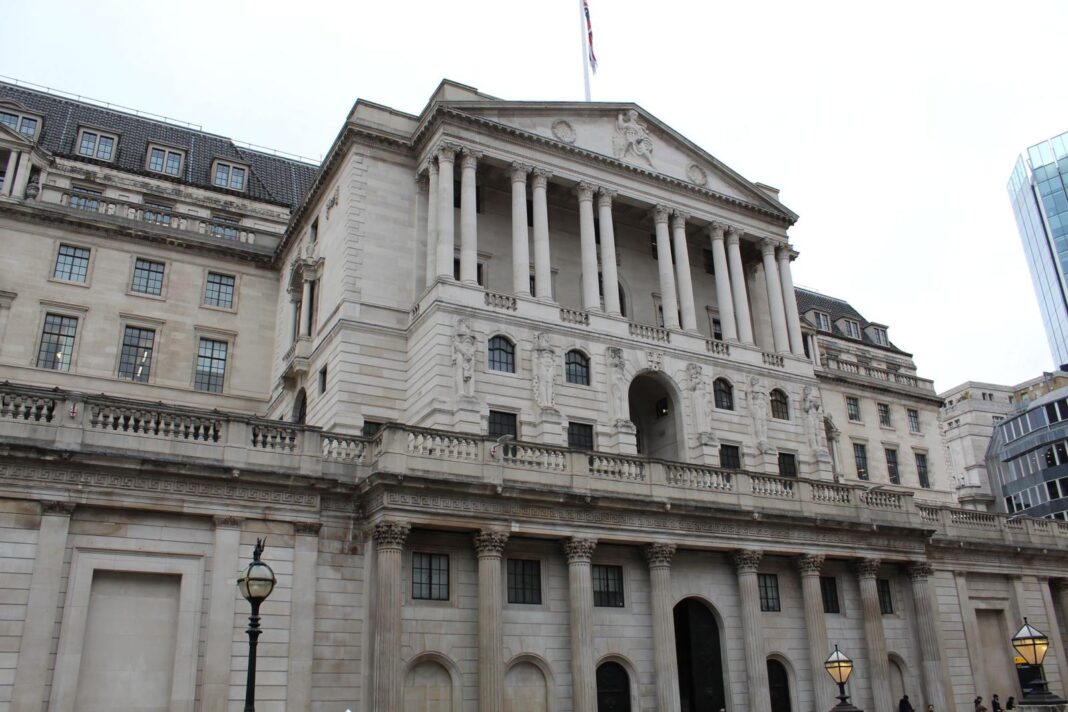Mortgage borrowing by UK households rose sharply in March, according to the Bank of England’s latest Money and Credit statistical release, even as the number of new mortgage approvals continued to decline.
Net borrowing of mortgage debt increased to £13.0 billion in March, a significant rise from £3.3 billion in February – the highest monthly increase since records began in their current form, reversing the £1.0 billion contraction seen just a month earlier.
However, the rise in borrowing came despite a third consecutive monthly drop in mortgage approvals for house purchases, which fell by 800 to 64,300 in March. In contrast, approvals for remortgaging rose slightly, up by 1,000 to 33,400.
Consumer credit growth eased during the month. Net borrowing fell to £0.9 billion in March from £1.3 billion in February. Within this, borrowing on credit cards declined to £0.2 billion, the lowest level since April 2024. Other forms of consumer credit remained stable at £0.6 billion. Households increased their deposits with banks and building societies by £7.4 billion, up from £5.0 billion in February, suggesting continued caution among savers despite strong borrowing figures.
SETTING THE TONE

Jeremy Leaf, north London estate agent and a former RICS Residential Chairman, says: “Mortgage arpporvlas always set the tone for housing market activity over the next few months at least but these figures are particularly interesting as they reflect the period when it almost certainly became impossible to take advantage of the stamp duty concession.
“Although the sharp increase of net borrowing of mortgage debt by individuals shows that so many transactions were brought forward, it is also clear that buying and selling remained fairly robust despite continuing concerns.
“These included not only the loss of the stamp duty discount but the pace of likely base rate reductions, as well as economic uncertainty both here and abroad.”
MARKET CHALLENGES

Nathan Emerson, Chief Executive of Propertymark, says: “As the global economy continues to react to different events, many people are acutely aware there could be challenges ahead regarding overall affordability when approaching the buying and selling process.
“We are starting to see more competitive mortgage deals from certain key lenders, but the eligibility criteria in some cases remains tight.
“It remains vital inflation stays on a pathway that keeps it as close to the Bank of England’s initial target of 2% as possible. Although there are hints that we may witness various base rate cuts as the year progresses from international bodies, it remains prevalent to consider such cuts will only happen when conditions permit.”
RATE CUTS WOULD BE WELCOME

Jason Tebb, President of OnTheMarket, adds: “With approvals for house purchases, an indicator of future borrowing, dipping slightly in March for the third consecutive month, market stability and buyer confidence continues to be steady.
“As the rate on newly-drawn mortgages fell in March, along with the rate on outstanding mortgage stock, there are signs that affordability, while remaining a concern for borrowers, is starting to ease.
“Two rate reductions in the second half of last year, followed by one so far this year is helping but mortgage rates are still higher than many have grown used to in recent years.
“Further reductions from the Bank of England, perhaps even next week, would provide a welcome shot in the arm for the market, particularly now that the stamp duty concession has ended.”











